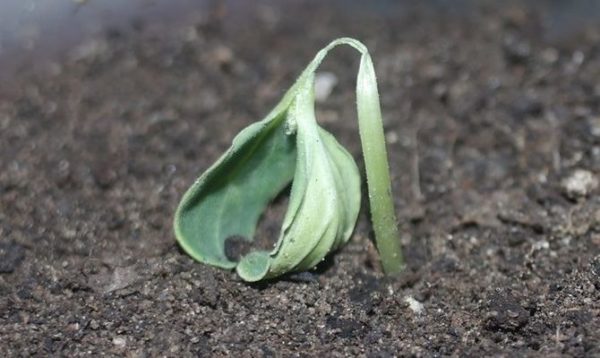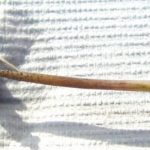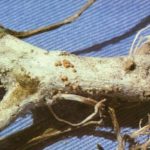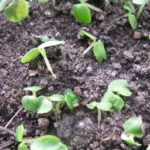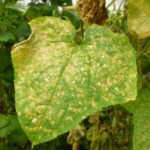Growing cucumber seedlings allows not only to get a good harvest of crispy and fragrant vegetables in summer. This method of planting makes it possible to successfully grow cucumbers even in the northern regions of our country. However, sometimes cucumber seedlings can catch the disease and die, it would seem, for no apparent reason. And it is very disappointing when it is not possible to grow healthy and strong seedlings due to diseases of seedlings.
Table of contents
Why are seedlings sick?
Cucumber seedlings are young and immature plants that are sensitive to any changes in the external environment and growing conditions. Let us see why cucumbers grown at home on a windowsill can die and what factors make the main contribution to the development of diseases:
- a sharp change in temperature;
- excessive soil moisture;
- increased humidity in the room;
- excess nitrogen in the soil;
- the use of infected seeds and soil;
- lack of air circulation in the greenhouse.
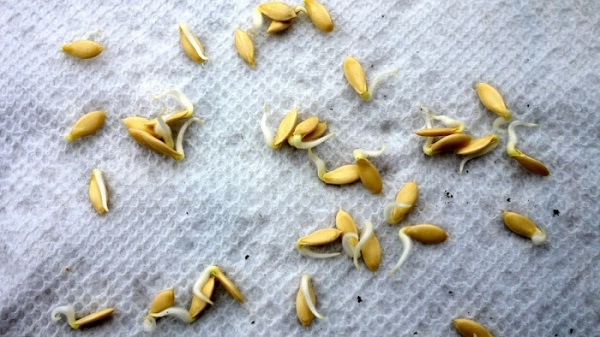
The main diseases of cucumbers
Violation of the agrotechnical rules for the care of sprouts can lead to the fact that the plant begins to suffer from such common illnesses as peronosporosis, dying off of the roots, black leg, ascochytosis, root rot, powdery mildew and mosaic virus. Most of these diseases can affect young plants both when grown in open ground and in a greenhouse.
Withered leaves or powdery mildew
The disease manifests itself on leaflets on the lower and upper sides of the grayish or whitish bloom. At the very beginning - these are small separate foci, which in the process of developing the disease are interconnected and cover the entire leaf area. Infected leaf rolls up and dries.
Rapid damage to young plants contributes to high humidity (over 90%) and a sharp change in temperature (from +14 to +26 degrees).
What to do if whitish bloom was found on at least one seedling? It is necessary to immediately treat the plants with a solution of a mullein, otherwise the leaves will disappear and the bush will die. For 10 liters of water, you must take 1 liter of mushy fresh mullein and 1 tablespoon of urea. Stir the solution well and strain through a thick sieve. Treat leaves with a warm solution (about 25 degrees) on both sides, preferably in the evening.
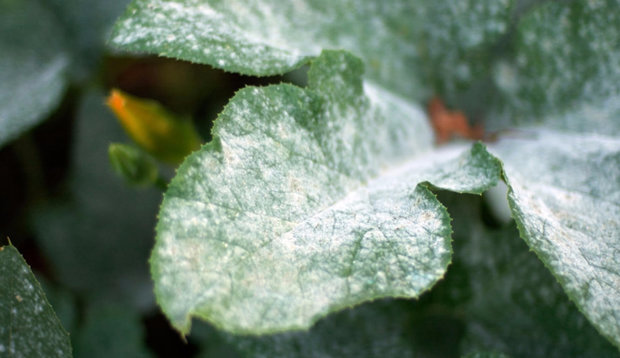
Ascohitosis
It is considered one of the most dangerous diseases of seedlings, which manifests itself in the form of longitudinal cracking and drying of the stem.The first visible manifestations of the disease can be seen in the area of the root collar and gradually rise along the stem. Cause of infection can become infected seeds and plant residues in the soil.
To combat the causative agent of infection, special pastes with contact active substances (Strobilurin and Rovral) are effective. Paste neatly applied to the infected place, slightly capturing and areas of healthy stem. Such treatment prevents not only the spread of the disease along the stem, but also the ingress of spores on neighboring, healthy seedlings.
The roots of seedlings die - how to deal with black legs?
Another dangerous fungal infection of seedlings associated with excessive care for young sprouts. The reason for the appearance and development of the disease is intensive watering. Excess moisture in the soil contributes to the development of fungal bacteria that feed on dead roots. Under appropriate conditions, these microorganisms infect the root system of healthy shoots.
For the prevention of the black leg, it is necessary to water the plants moderately, provide fresh air and place the seeds at a certain distance from each other when planting. As an effective tool in the fight against infection, you can use wood ash, sprinkling it around the sprouts. It is also possible to disinfect the soil with a solution of potassium permanganate (3 grams per 10 liters of water).
- Ascohitosis cucumber
- Black leg seedlings
- Cucumber Root Rot
Root rot
Root rot in seedlings can be found in the form of darkening and thinning of the stalks and roots. Young fibrous roots are not formed, and these leaves and cotyledons quickly fade and dry. Frequent watering of seedlings with cold water causes the dying off of the roots and the spread of rot. and sudden changes in temperature during the day and at night. In order to disinfect the soil before planting seeds, you can make the drug "Trichodermin." When growing seedlings also need to strictly follow the rules of watering, cultivation and feeding of young plants. In case of mass death of plants, it is recommended to prepare a new mixture for growing seedlings, since the reason may be in the soil contaminated with fungal infection.
Root dying off
Dying off the roots of seedlings can be determined by the sudden withering of young shoots. The most common pathogens are fungal infections. By penetrating the root system through minor injuries, pathogens inhibit the growth and development of plants by secreted toxins. With a cross-section of the spine, you can observe a ring of brownish vessels. The soil urgently needs to be treated with a solution of Trichodermin or planriz biopreparations. Sick plants removed from the garden beds.
Cucumber leaves die or cucumber mosaic virus
Visible symptoms of the disease - the appearance of dark and light areas on the sheets in the form of a mosaic. With the further development of the disease, the leaves turn down, shrink and fade. The sprout slows down growth, new leaves become small, and small cracks can be seen on the trunk.
A feature of this disease is that an effective means to combat it still does not exist.
Perinospora or downy mildew
The appearance of yellow rounded spots on the upper part of the leaflets may indicate the development of downy mildew or perinospora. In this disease, the lower part of the leaves is covered with a muddy-gray bloom. With the development of the disease leaves wrinkle, change color to dirty-brown, dry and fall off.
- Wilting seedlings as a result of the withering away of the roots
- Cucumber mosaic on a sheet
- Downy mildew or perinospora
Excess moisture and regular watering with cold water provokes illness in the greenhouse, on the garden - frequent rains and temperature differences at night and daytime (from +12 to + 25 degrees).
If the first manifestations of the disease were noticed immediately, it is necessary to stop watering and feeding young plants. Plants should be sprayed with the drug "Oxyhom" at the rate of 2 tablets or 20 grams per 1 bucket of water.
Observing all the rules and recommendations of experienced gardeners can grow strong, healthy, hardened seedlings. And that means getting a rich harvest of crisp, fragrant and healthy vegetables - home-made cucumbers.
